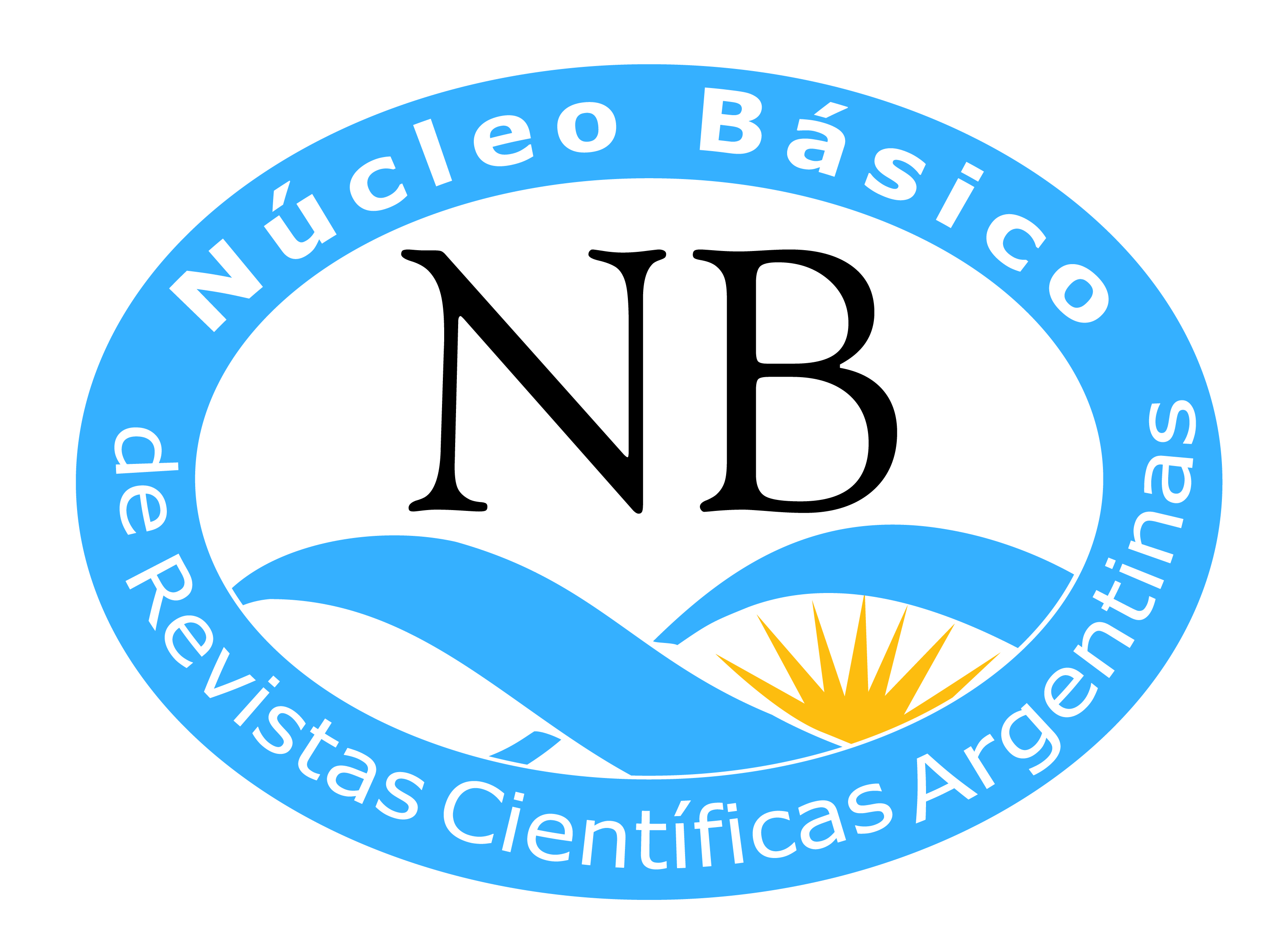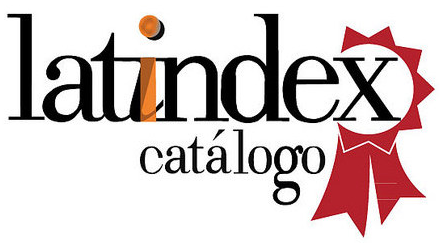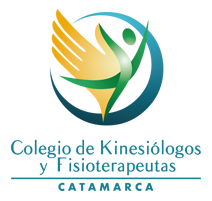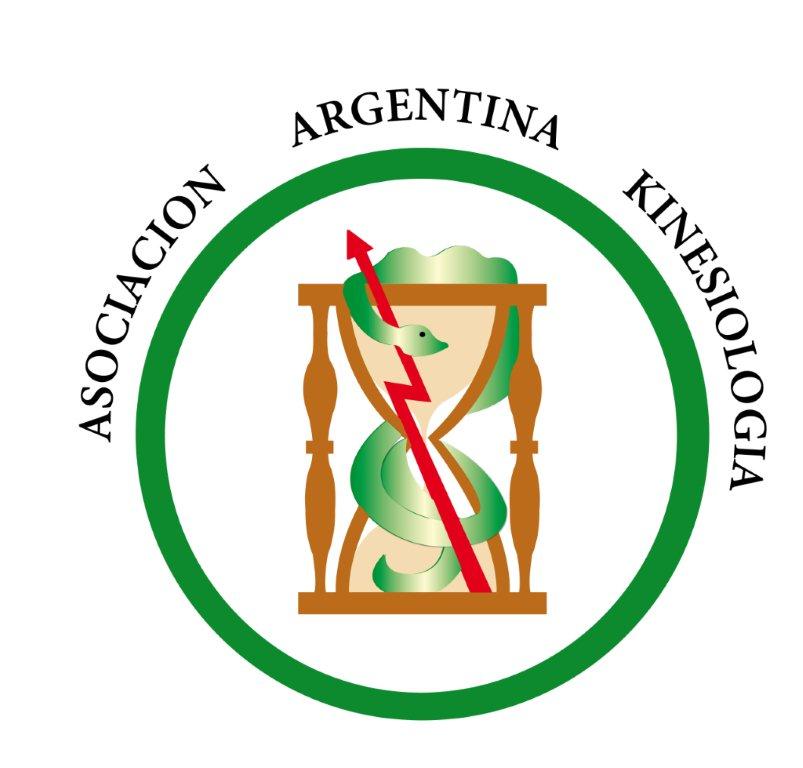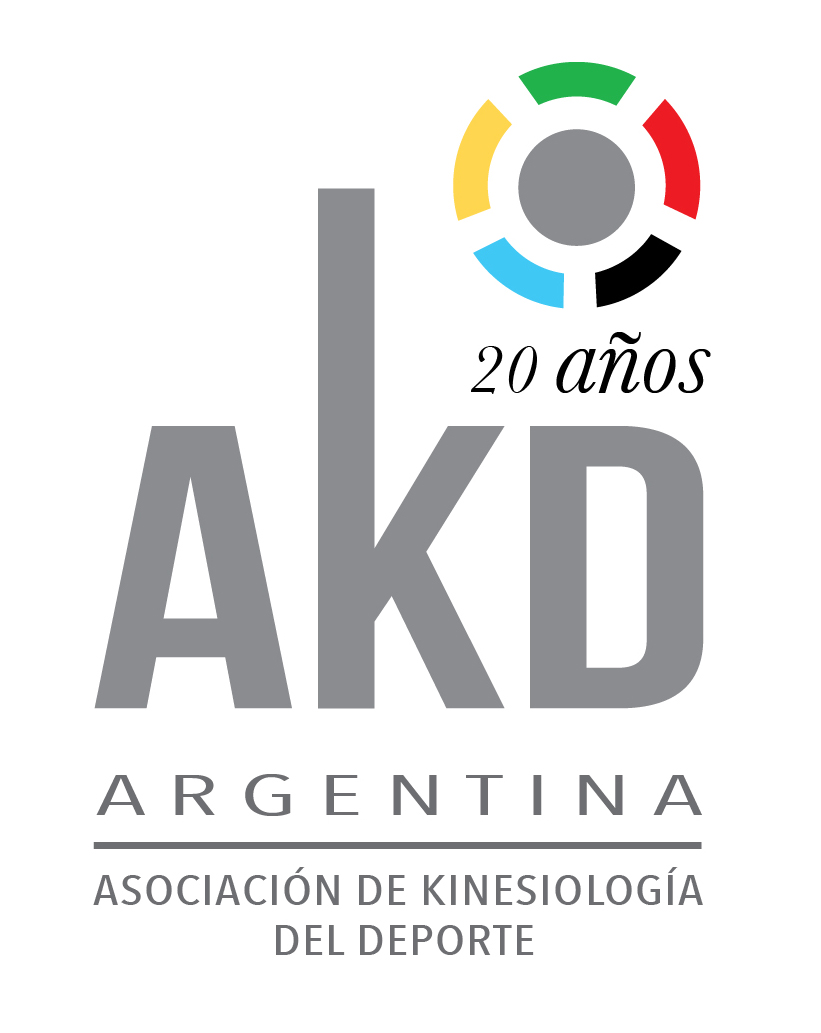Primera encuesta online sobre el abordaje kinésico de las afecciones de hombro en Argentina
DOI:
https://doi.org/10.58172/ajrpt.v1i1.21Palabras clave:
dolor de hombro, encuesta, rehabilitación, terapia físicaResumen
Objetivo: Describir la práctica habitual de los kinesiólogos durante el abordaje de las afecciones de hombro en Argentina.
Materiales y método: Se realizó un estudio descriptivo transversal de tipo encuesta entre noviembre y diciembre de 2016. Se incluyeron kinesiólogos que trabajan en el ámbito argentino con pacientes con afecciones musculoesqueléticas de hombro. Se los invitó a participar de forma voluntaria y anónima, enviando la encuesta mediante la herramienta Survey Monkey®. La encuesta, compuesta por 23 preguntas, fue confeccionada por dos kinesiólogos involucrados en el tratamiento de dichos pacientes.
Resultados: Se analizaron en total 301 (93,5%) encuestas. En la evaluación, el 69,4% mide el rango de movimiento analítico, el 72,7% evalúa la fuerza muscular, el 65,1% utiliza test clínicos diagnósticos de patologías de manguito rotador y el 80,1% evalúa la presencia de diskinesia escapular. En el tratamiento, el 71,4% aplica distintos tipos de agentes físicos, mientras que el 71,5% combina terapia manual y ejercicios.
Conclusión: Se conocieron datos relacionados con el abordaje del hombro en kinesiólogos argentinos. La mayoría de los encuestados evalúa el rango de movimiento, la diskinesia escapular y/o la fuerza muscular. Las intervenciones más utilizadas fueron la fisioterapia y el ejercicio asociado a la terapia manual. Los participantes realizan un abordaje que concuerda parcialmente con la evidencia.
Descargas
Citas
Muhafara GJ, Cura AJ, Tozzi WA, Villarruel M et al. Prevalence of musculoskeletal disorders of the shoulder in a Hospital of the City of Buenos Aires. Retrospective Study. Acta of Shoulder and Elbow Surgery. 2017;2(2):20-23.
Schmidt S, Ferrer M, González M, González N, Valderas JM, Alonso J et al. Evaluation of shoulder-specific patient-reported outcome measures: a systematic and standardized comparison of available evidence. J Shoulder Elbow Surg. 2014;23(3):434-44.
Bennell K, Coburn S, Wee E, Green S, Harris A, Forbes A, Buchbinder R. Efficacy and cost-effectiveness of a physiotherapy program for chronic rotator cuff pathology: a protocol for a randomised, double-blind, placebo-controlled trial. 2007;31(8):86.
Kuhn JE, Dunn WR, Sanders R, An Q, Baumgarten KM, Bishop JY et al. Effectiveness of physical therapy in treating atraumatic full-thickness rotator cu tears: a multicenter prospective cohort study. J Shoulder Elbow Surg. 2013;22(10):1371-9.
Sackett DL, Rosenberg WM, Gray JA, Haynes RB, Richardson WS. Evidence based medicine: what it is and what it isn’t. BMJ. 1996; 312:71.
Phadke V, Makhija M, Singh H. The use of evidence-based practices for the management of shoulder impingement syndrome among Indian physical therapists: a cross-sectional survey. Braz J Phys Ther. 2015;19(6):473-81.
Dong W, Goost H, Lin XB, Burger C, Paul C, Wang ZL et al. Treatments for shoulder impingement syndrome: a PRISMA systematic review and network meta-analysis. Medicine (Baltimore). 2015;94(10):e510.
Klintberg IH, Cools AM, Holmgren TM, Holzhausen AC, Johansson K, Maenhout et al. Consensus for physiotherapy for shoulder pain. Int Orthop. 2015;39(4):715-20.
McClure PW, Michener LA. Staged Approach for Rehabilitation Classification: Shoulder Disorders (STAR-Shoulder). Phys Ther. 2015;95(5):791-800.
Ludewig PM, Lawrence RL, Braman JP. What's in a name? Using movement system diagnoses versus pathoanatomic diagnoses. J Orthop Sports Phys Ther. 2013;43(5):280-3.
Hughes PC, Taylor NF, Green RA. Most clinical tests cannot accurately diagnose rotator cuff pathology: a systematic review. Aust J Physiother. 2008;54(3):159-70.
Dunn WR, Kuhn JE, Sanders R, An Q, Baumgarten KM, Bishop JY et al. Symptoms of pain do not correlate with rotator cuff tear severity: a cross-sectional study of 393 patients with a symptomatic atraumatic full-thickness rotator cuff tear. J Bone Joint Surg Am. 2014;96(10):793-800.
Macchi, Ricardo Luis. Introducción a la Estadística. 2da Edición. Buenos Aires: Editorial Médica Panamericana; 2013. P10.
Cools AM, Johansson FR, Borms D, Maenhout A. Prevention of shoulder injuries in overhead athletes: a science-based approach. Braz J Phys Ther. 2015;19(5):331-9.
Kelley MJ, Shaffer MA, Kuhn JE, Michener LA, Seitz AL, Uhl TL et al. Shoulder pain and mobility deficits: adhesive capsulitis. J Orthop Sports Phys Ther. 2013;43(5):A1-31.
Cools AM, De Wilde L, Van Tongel A, Ceyssens C, Ryckewaert R, Cambier DC. Measuring shoulder external and internal rotation strength and range of motion: comprehensive intra-rater and inter-rater reliability study of several testing protocols. J Shoulder Elbow Surg. 2014;23(10):1454-61.
Ishigaki T, Ishida T, Samukawa M, Saito H, Ezawa Y, Hirokawa M et al. Does restriction of glenohumeral horizontal adduction reflect posterior capsule thickening of the throwing shoulder? J Phys Ther Sci. 2015;27(5):1299-302.
Ratcliffe E, Pickering S, McLean S, Lewis J. Is there a relationship between subacromial impingement syndrome and scapular orientation? A systematic review. Br J Sports Med. 2014;48(16):1251-6.
Tate AR, McClure P, Kareha S, Irwin D, Barbe MF. A clinical method for identifying scapular dyskinesis, part 2: validity. J Athl Train. 2009;44(2):165-73.
Kibler WB, Ludewig PM, McClure P, Uhl TL, Sciascia A. Scapular Summit 2009: introduction. July 16, 2009, Lexington, Kentucky. J Orthop Sports Phys Ther. 2009;39(11):A1-A13.
Tate AR, McClure PW, Kareha S, Irwin D. Effect of the Scapula Reposition Test on shoulder impingement symptoms and elevation strength in overhead athletes. J Orthop Sports Phys Ther. 2008;38(1):4-11.
Lewis J, McCreesh K, Roy JS, Ginn K. Rotator Cuff Tendinopathy: Navigating the Diagnosis-Management Conundrum. J Orthop Sports Phys Ther. 2015;45(11):923-37.
Parreira Pdo C, Costa Lda C, Hespanhol LC Jr, Lopes AD, Costa LO. Current evidence does not support the use of Kinesio Taping in clinical practice: a systematic review. J Physiother. 2014;60(1):31-9.
Lewis JS, Green A, Wright C. Subacromial impingement syndrome: the role of posture and muscle imbalance. J Shoulder Elbow Surg. 2005;14(4):385-92.
Schmidt S, Ferrer M, González M, González N, Valderas JM, Alonso J et al. Evaluation of shoulder-specific patient-reported outcome measures: a systematic and standardized comparison of available evidence. J Shoulder Elbow Surg. 2014;23(3):434-44.
Nagatomi T, Mae T, Nagafuchi T, Yamada SI, Nagai K, Yoneda M. Shoulder manual muscle resistance test cannot fully detect muscle weakness. Knee Surg SportsTraumatol Arthrosc. 2017;25(7):2081-2088.
Cools AM, Vanderstukken F, Vereecken F, Duprez M, Heyman K, Goethals N, Johansson F. Eccentric and isometric shoulder rotator cuff strength testing usinga hand-held dynamometer: reference values for overhead athletes. Knee Surg SportsTraumatol Arthrosc. 2016;24(12):3838-3847.
O'Sullivan P, Caneiro JP, O'Keeffe M, O'Sullivan K. Unraveling the Complexity of Low Back Pain. J Orthop Sports Phys Ther. 2016;46(11):932-937.
Chester R, Jerosch-Herold C, Lewis J, Shepstone L. Psychological factors are associated with the outcome of physiotherapy for people with shoulder pain: a multicentre longitudinal cohort study. Br J Sports Med. 2018;52(4):269-275.
Sanchis MN, Lluch E, Nijs J, Struyf F, Kangasperko M. The role of central sensitization in shoulder pain: A systematic literature review. Semin Arthritis Rheum. 2015;44(6):710-6.
Noten S, Struyf F, Lluch E, D'Hoore M, Van Looveren E, Meeus M. Central Pain Processing in Patients with Shoulder Pain: A Review of the Literature. Pain Pract. 2017;17(2):267-280.
Page MJ, Green S, Mrocki MA, Surace SJ, Deitch J, McBain B et al. Electrotherapy modalities for rotator cuff disease. Cochrane Database Syst Rev. 2016;(6):CD012225.
Desmeules F, Boudreault J, Roy JS, Dionne C, Frémont P, MacDermid JC. The efficacy of therapeutic ultrasound for rotator cuff tendinopathy: A systematic review and meta-analysis. Phys Ther Sport. 2015;16(3):276-84.
Hanratty CE, McVeigh JG, Kerr DP, Basford JR, Finch MB, Pendleton A, Sim J. The effectiveness of physiotherapy exercises in subacromial impingement syndrome: a systematic review and meta-analysis. Semin Arthritis Rheum. 2012;42(3):297-316.
Reinold MM, Escamilla RF, Wilk KE. Current concepts in the scientific and clinical rationale behind exercises for glenohumeral and scapulothoracic musculature. J Orthop Sports Phys Ther. 2009;39(2):105-17.
Desjardins-Charbonneau A, Roy JS, Dionne CE, Frémont P, MacDermid JC, Desmeules F. The efficacy of manual therapy for rotator cuff tendinopathy: a systematic review and meta-analysis. J Orthop Sports Phys Ther. 2015;45(5):330-50.
Da Silva TM, Costa Lda C, Garcia AN, Costa LO. What do physical therapists think about evidence-based practice? A systematic review. Man Ther. 2015;20(3):388-401.
Kuhn JE. Exercise in the treatment of rotator cuff impingement: a systematic review and a synthesized evidence-based rehabilitation protocol. J Shoulder Elbow Surg. 2009;18(1):138-60.33
Condon C, McGrane N, Mockler D, Stokes E. Ability of physiotherapists to undertake evidence-based practice steps: a scoping review. Physiotherapy. 2016;102(1):10-9.
Codman, EA. The Shoulder. Boston. MA: Thomas Todd Company; 1934.
Ellsworth AA, Mullaney M, Tyler TF, McHugh M, Nicholas S. Electromyography of Selected Shoulder Musculature During Un-weighted and Weighted Pendulum Exercises. N Am J Sports Phys Ther. 2006;1(2):73-9.
Long JL, Ruberte Thiele RA, Skendzel JG, Jeon J, Hughes RE, Miller BS, Carpenter JE. Activation of the shoulder musculature during pendulum exercises and light activities. J Orthop Sports Phys Ther. 2010;40(4):230-7.
Akkaya N, Akkaya S, Gungor HR, Yaşar G, Atalay NS, Sahin F. Effects of weighted and un-weighted pendulum exercises on ultrasonographic acromiohumeral distance in patients with subacromial impingement syndrome. J Back Musculoskelet Rehabil. 2017;30(2):221-228.
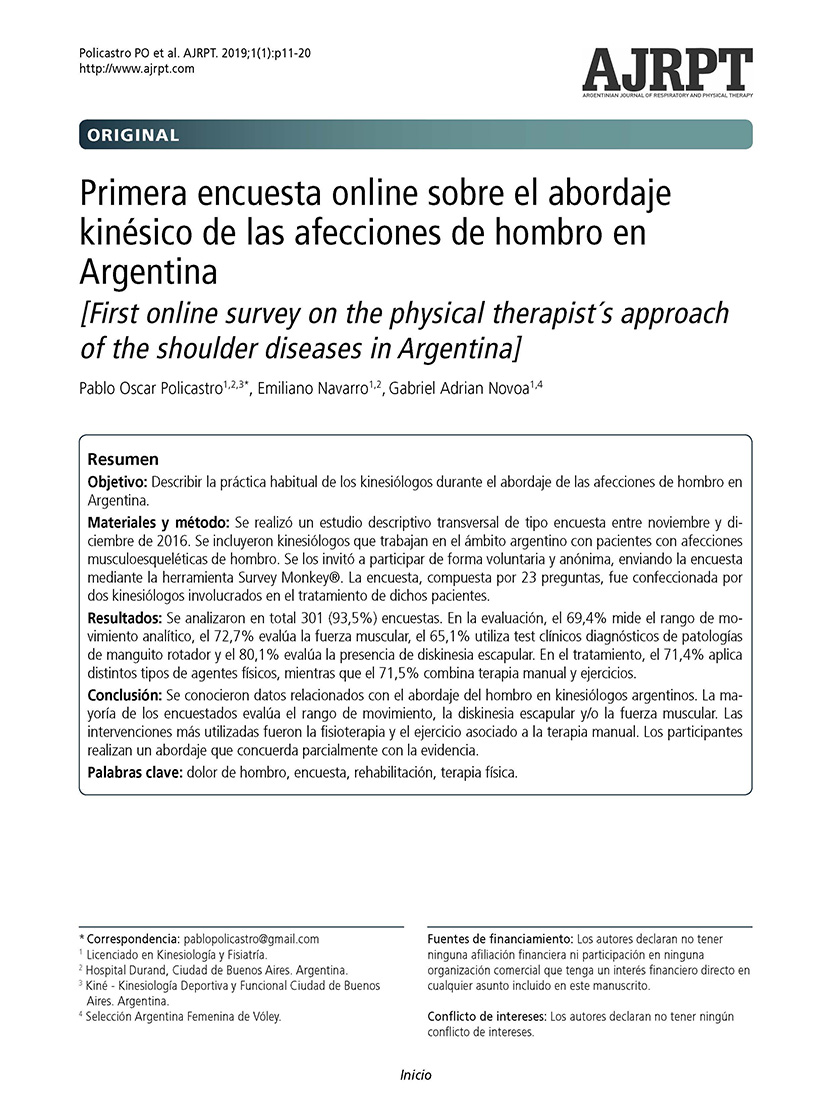
Descargas
Publicado
Cómo citar
Número
Sección
Licencia
Los autores/as que publiquen en esta revista aceptan las siguientes condiciones:
- Los autores conservan todos los derechos morales y patrimoniales de sus obras, cediendo solamente a la AJRPT el derecho a la primera publicación de éste. En consecuencia, los autores pueden realizar otros acuerdos contractuales independientes y adicionales para la distribución del artículo o texto.
- Los autores/as conservarán sus derechos de autor y aceptan la licencia de distribución de AJRPT, la cuál es Licencia de Reconocimiento - Compartir Igual Creative Commons.
- Los autores/as pueden realizar otros acuerdos contractuales independientes y adicionales para la distribución de la versión del artículo publicado en esta revista (p. ej., incluirlo en un repositorio institucional o publicarlo en un libro) siempre que indiquen claramente que el trabajo se publicó por primera vez en esta revista.
- Se permite y recomienda a los autores/as a publicar su trabajo en Internet (por ejemplo, en páginas institucionales o personales) sólo una vez que sean publicados en la revista AJRPT, ya que puede conducir a intercambios productivos y a una mayor y más rápida difusión.

Este obra está bajo una licencia de Creative Commons Reconocimiento-CompartirIgual 4.0 Internacional.





